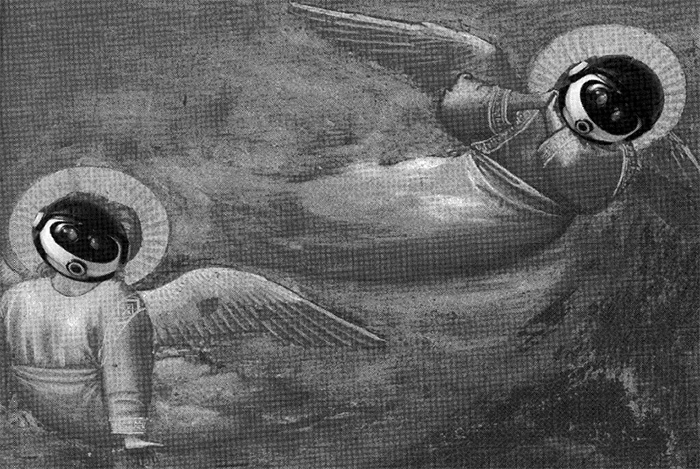Eliza Redux: A Mutable Iteration
An article from Leonardo Journal of the International Society for the Arts, Science and Technology, Vol. 40, Issue 1, Feb. 2007.
ELIZA REDUX is an on-line interactive artwork, one in a series of works that display human-machine communication and behavior . Projects in this series have in common the emblematic use of the psychoanalyst! analysand relationship as a performative vehicle. ELIZA REDUX directly reappropriates Joseph Weizenbaum’s ELIZA program developed at the Massachusetts Institute of Technology’s Department of Electrical Engineering in 1966.
Weizenbaum’s ELIZA allowed for text-based human conversation with a computer program playing the role of a Rogerian psychotherapist. ELIZA is viewed as the forerunner of natural-language processing programs; and as such, it is considered the “parent” of current chat and chatterbot programs.
The latter programs have gone beyond the applied patternmatching rules of ELIZA, which is simplistically limited to string substitutions and keyword association.
While it is true that more recent interactive chat agents of advanced complexity come closer to representing the principles of artificial intelligence, the science of AI is not the subject here; the subject is human-machine interaction and, through experience, how we experience issues of control or lack of control. Rather than invent and deploy a new chatterbot mechanism, we attempt with ELIZA REDUX to use the conventions of psychoanalytic practice to reveal something about what we think of machines and what we would imagine machines think of us.
ELIZA REDUX is an interactive collaboration between Robert Schneider , Michael Schneider and me. It is a telerobotic work that embodies the written computer program ELIZA in a humanoid robot for on-line interaction. In doing so, it provides users a verdant arena for role-playing.
ELIZA REDUX scripts can heighten the dramatic possibilities between the viewer and the robot. We have opted to have the robot appear to suffer from delusions and conflicts interfering with its mission as an authority figure conducting psychoanalytic cures. It has an aversion to certain words, and use of these words triggers a response that is either hostile or completely arbitrary, sometimes in stages. For example, use of words such as “machine” or “computer” sends the robot into a flurry of protestations that, although it has the highest respect for machines, it is not a machine or computer, but human.
A natural theatrical scenario develops upon first contact in ELIZA REDUX because of the fanfare of its entrances and exits (entering and conversing in the “wading” room, traveling down the corridor and exiting it to finally arrive at the inner sanctum session space, etc.). The environment as a whole functions like a stage set, an arena for a very personal drama-whether the visitor is acting as a soul-searcher or an agent to outsmart the robot and its program, or whether the aim is to create a story within which events are attached to virtual objects manufactured by keyword and context associations for construction of individual memory palaces; these in turn would become objects and environments for installations, sensitive ideally only to the visitor who created them: personal virtual worlds that are private to the user, with the psychoanalyst/ robot always in attendance.
For the complete article, see the pdf here.

